Industrial_Wire_Types_Part_1.pdf
THHN Wire (Thermoplastic, High Heat Resistant, Nylon Jacket insulation)
- One of the most widely used types of wire
- Mainly used in scenarios where it is being pulled through conduit or in cable trays
- Rigid and tough insulation
- Can be found in stranded wire or solid wire
- Suitable for uses in dry locations and temperatures that do not exceed 90 C
XHHW Wire
- More durable than THHN and can withstand higher temperatures and harsher environments than THHN
- Water resistant
- Can be found in both stranded and solid wire
MTW Wire
- Mostly used in industrial control cabinetry and other industrial equipment (motors and motor control hardware)
- Much more flexible than THHN wire, insulation is not typically as durable
- Ideal for situations where the wire is winding through tight areas such as wire ducting, like an industrial control cabinet (poor choice to run through conduit)
- Intended for dry locations that do not exceed 90 C or wet locations that do not exceed 60 C
Transcript
[0m:4s] Hi I'm Josh Bloom, welcome to another video in the RSP Supply education series. If you find that these videos are helpful to you, it certainly helps us out if you give us a big thumbs up and subscribe to our channel.
[0m:15s] In today's video, we want to talk to you more about the different types of wire that we commonly see used in the various different applications such as industrial, commercial, and residential environments.
[0m:28s] The wire that we will discuss today is not specifically designed for just industrial or commercial applications. Rather the scenario it is being used in will dictate the type of wire, that is actually needed.
[0m:40s] Also, I want to briefly mention that we will discuss just a few of the most widely used wire types. But know that there are many different varieties of wire that we will not cover in this video.

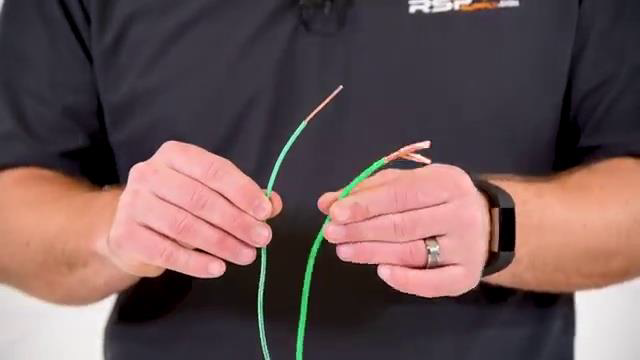
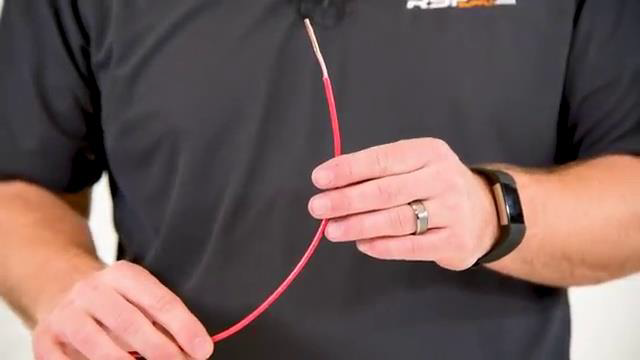
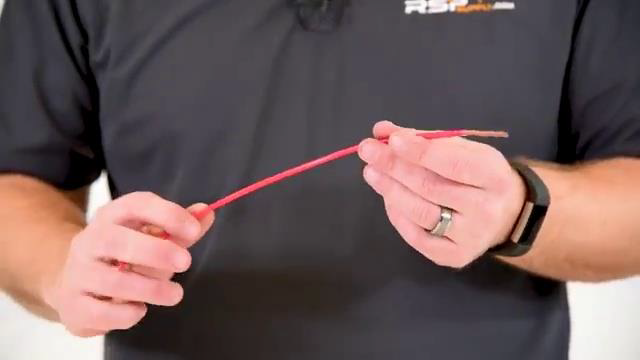
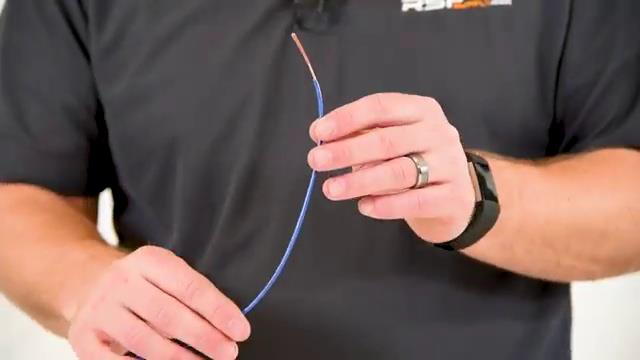
[0m:52s] We do briefly cover a few of the most common wire types used in industrial wiring in another video entitled “Industrial Wiring, Tips and Tricks.” If you have not already seen that video, we will link it in the description below.
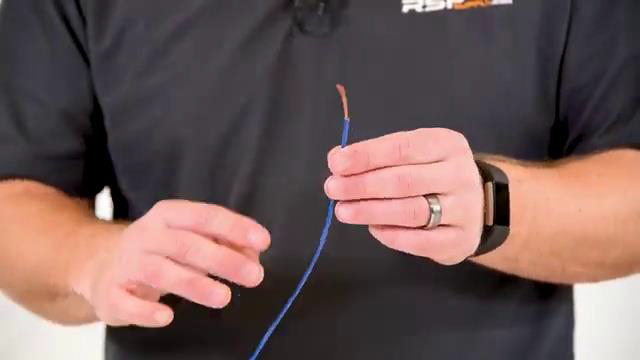
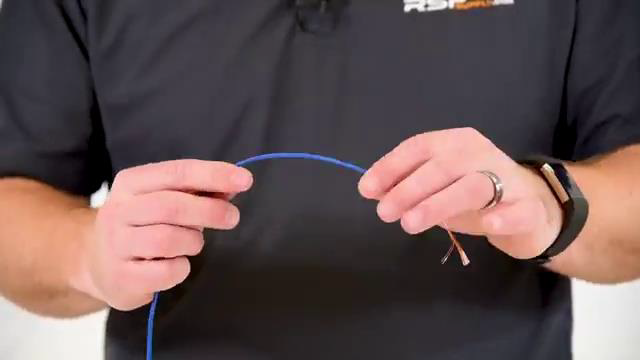
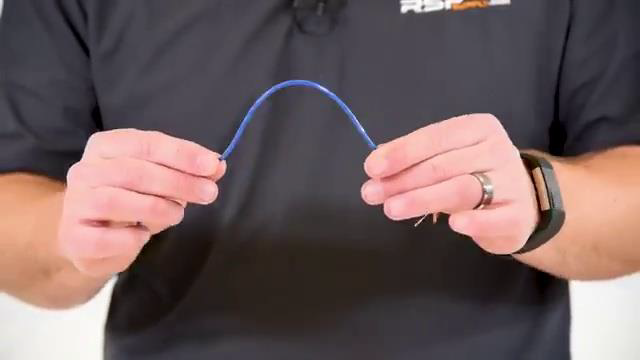
[1m:5s] Keep in mind that with all of the wire we will talk about today, all will use some kind of electrical conducting material typically copper. Although, aluminum is also very common.
[1m:17s] Also in regards to wire sizing, electrical wire is sized by how thick or thin it is. This is referred to as wire gauge. Sometimes this will be shown as AWG or American wire gauge. A good rule of thumb to remember is this: the smaller the wire gauge the larger or thicker the wire will be.
[1m:40s] The thicker the wire is the more electrical current that can pass through it.
[1m:45s] So, let's get started. First, let's talk about THHN wire
[1m:50s] which is one of the most widely used types of wire we see today.
[1m:54s] THHN stands for thermoplastic high heat resistant nylon jacket insulation.
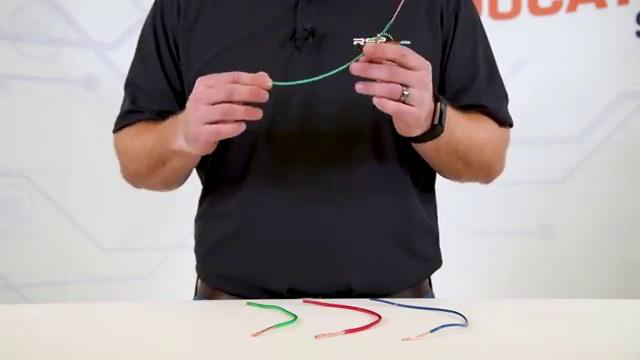
[2m:1s] This wire is mainly used in scenarios where it is being pulled through electrical conduit or in cable trays due to its rigidity and tough insulation characteristics. THHN is used in many industrial commercial and residential applications. It can also be found in both stranded wire, which is where there are several small strands of wire that are grouped together which allows for more flexibility and less chance of the wire to break.
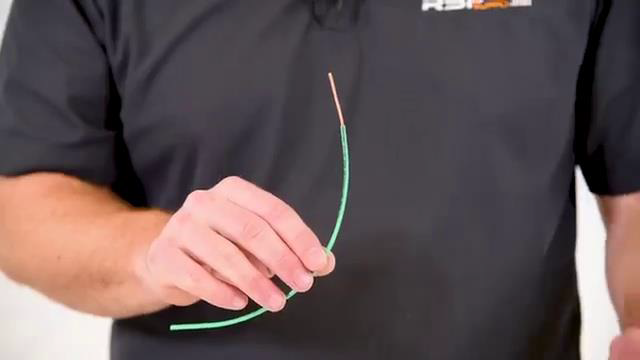
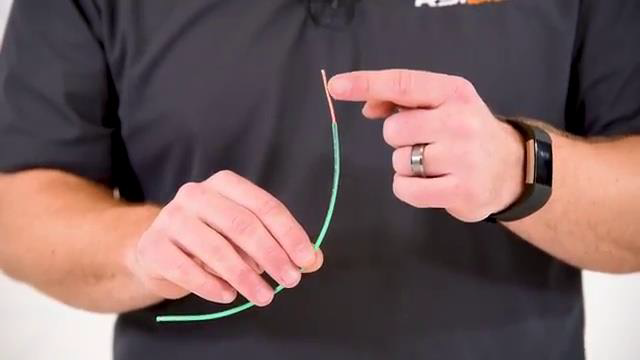
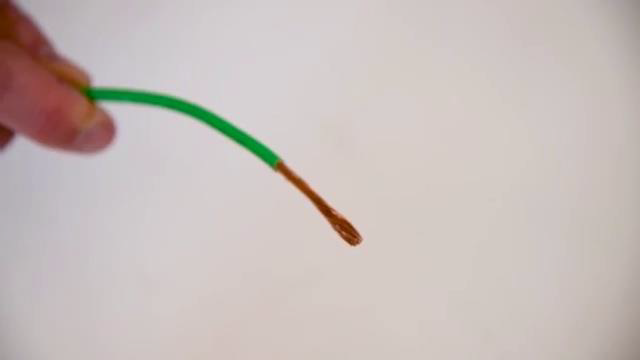
[2m:30s] Or it could also be found in solid wire, which is one larger solid strand of wire, which is typically more durable and rigid.
[2m:39s] THHN wire is suitable for uses in dry locations and temperatures that do do not exceed 90 degrees Celsius.
[2m:48s] Another very common type of wire that we see used is XHHW,
[2m:54s] which is very similar to than in almost all areas. The main difference is that XHHW wire is overall a more durable wire
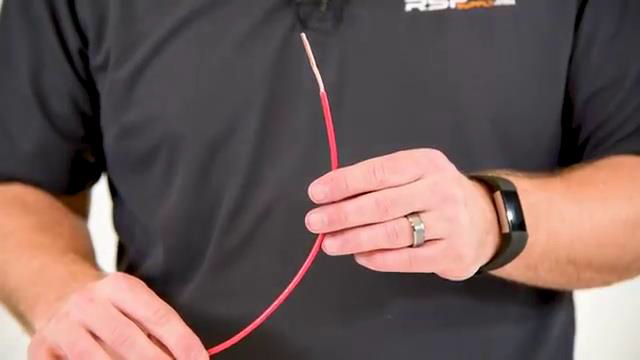
[3m:3s] that can withstand higher temperatures and more harsh environments than THHN. It is also water resistant.
[3m:10s] XHHW wire can also be found in both stranded and solid wire options as well. With both THHN and XHHW wire, determining whether to use stranded or solid wire will depend on the specific application.
[3m:27s] MTW wire is also another very common type of wire that we see used, especially in industrial applications.
[3m:35s] You will mainly see MTW being used in industrial control cabinetry as well as other industrial equipment such as motors and motor control hardware.
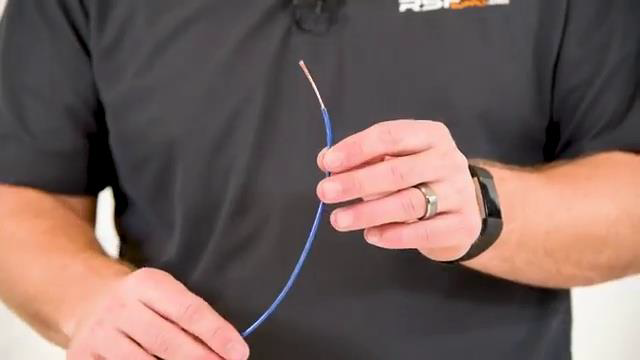
[3m:44s] MTW is much more flexible than THHN wire and its installation is not typically as durable which makes it a poor choice to run through conduit. This flexibility, however, makes it ideal for situations where it is winding through tight areas such as wire ducting, like in an industrial control cabinet.
[4m:3s] MTW wire is almost exclusively found in stranded wire which allows for more flexibility and reduces the chances of the wire breaking.
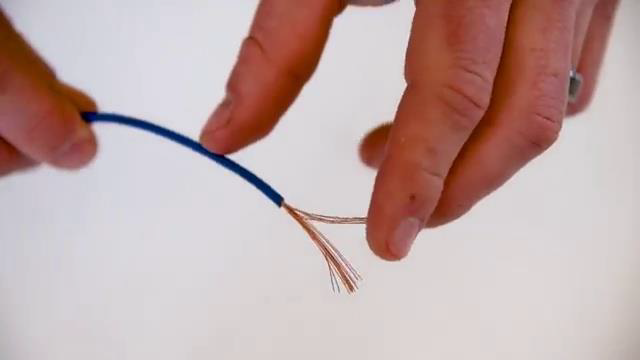
[4m:13s] MTW wire is intended for use in dry locations that do not exceed 90 degrees Celsius or wet locations that do not exceed 60 degrees Celsius.
[4m:24s] Next, let's talk about more specialized wire such as twisted pair wire, shielded wire, or tray cable we see commonly used in industrial applications and areas that we might see these actually being used in. This, however, we will save for the next part of this brief series.
[4m:41s] For a full selection of industrial wire and thousands of other products, please go to our website. For more information or other educational videos, go to RSPSupply.com, the Internet's top source for industrial hardware. Also, don't forget: like and subscribe.




